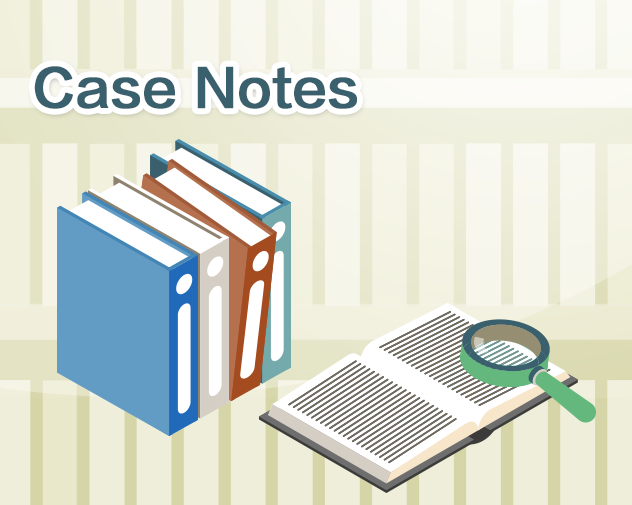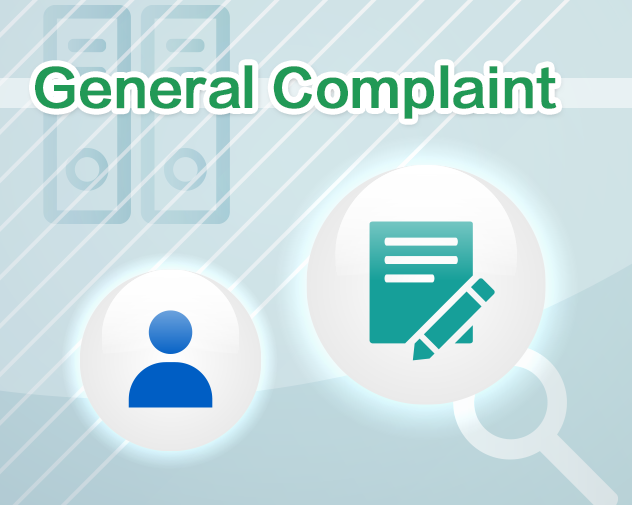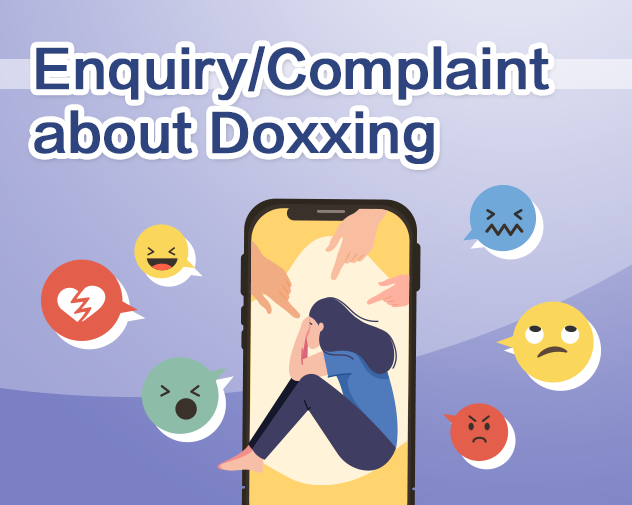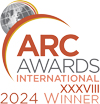- About PCPD|
- Data Privacy Law|
 Data Privacy Law
Data Privacy Law- The Personal Data (Privacy) Ordinance
- Six Data Protection Principles
- Codes of Practice/ Guidelines
- The Personal Data (Privacy) Amendment Ordinance 2021
- Amendments 2012
- Duty Lawyer Services
- Other Publications
- EU General Data Protection Regulation
- Personal Information Protection Law of the Mainland
- News & Events|
- Enforcement Reports|
- Frequently Asked Questions|
- Compliance & Enforcement|
- Doxxing Offences|
- Data Security NEW!|
- Anti-fraud Tips |
- Complaints|
- Education & Training|
- Resources Centre|
- Contact Us

Case Notes
Case Notes
This case related to DPP1 - Purpose and manner of collection of personal data
Category : Provisions/DPPs/COPs/Guidelines : Topic/Subject Matter :
Case No.:2011A03
These two appeal cases arose out of the complaints made by three television artistes to the Commissioner against the Appellants (AAB Appeal No. 5 of 2012 and AAB Appeal No. 6 of 2012)
(This link will open in a new windowAAB Appeal No. 5 of 2012
This link will open in a new windowAAB Appeal No. 6 of 2012)
The Complaint
These two appeal cases arose out of the complaints made by three television artistes to the Commissioner against the Appellants. The facts of the cases were similar.
(a) AAB Appeal No. 5 of 2012
In this case, the complainants complained that photographs of their daily lives and intimate acts at their private residence were taken at a place outside their premises and published in the Appellant’s magazine without their consent.
(b) AAB Appeal No. 6 of 2012
In this case, the complainant is a male artiste and he complained that photographs were taken of him being naked inside his private residence and published in the Appellant’s magazine without his consent. The photographs also showed the presence of a female artiste inside his residence. The complainant took the view that but for the deliberate clandestine photography, other people would not be able to see his activities inside his residence which was located at a high rise building.
Findings of the Commissioner
Having conducted investigations into these two cases, the Commissioner found that:
(a) the taking of the photographs in both cases amounted to collection of personal data of the complainants;
(b) given the long distance between the shooting locations and the artistes’ residential premises, the taking of the photographs in question would require the use of devices such as telephoto lenses and magnifiers. The average person inside his own residence would not reasonably expect that he would be photographed from a location far away from his home using such devices, and the three complainants should not be deprived of their rights to privacy protection simply because they are artistes;
(c) the Appellants’ acts of prolonged and systematic surveillance of the complainants’ activities inside their residences and the photo-shooting of them from a long distance by special photographic equipment had seriously invaded the privacy of the complainants;
(d) the publication of the photographs in question did not involve public interest as alleged by the Appellants; and
(e) specific guidelines on data collection should be provided by the Appellants instead of relying on their employees to interpret the requirements of the Ordinance.
As a result of the above findings, the Commissioner concluded that the Appellants had contravened DPP1(2) and hence enforcement notices were issued to the Appellants under section 50 of the Ordinance. The Appellants were dissatisfied with the Commissioner’s findings and appealed to the AAB.
Findings of AAB
The AAB’s findings were as follows:
(a) Referring to the Court of Appeal judgment in Eastweek Publisher Ltd & Another v Privacy Commissioner for Personal Data, there was no dispute that photographic images constituted "personal data" for the purpose of the Ordinance.
(b) Public interest is one of the factors to be considered whether or not the collection of personal data in an individual case is fair. Where there are competing considerations, it is a question of balancing the fairness in collecting personal data against the public interest in knowing the truth.
(c) The two English authorities1 relied on by the Appellants did not advance their cases. In the instant appeal cases, there was nothing to suggest that either of the artistes, unlike the celebrities in the two English cases, actively sought publicity of their personal relationships at any time.
(d) Agreeing with the observation made by the Law Reform Commission of Hong Kong in its Report on Civil Liability for Invasion of Privacy (at paragraph 7.72) that the "mere fact that a person is an artiste or is engaged in some occupation which brings him into public notice is not of itself enough to make his private life a matter of public interest", the AAB considered that it was not in the public interest for the Appellants to take and publish photographs showing the artistes' daily life and intimate acts at their private premises.
(e) The contents of and the captions to some of the published photographs in question were inconsistent with the Appellants’ asserted purpose for taking the photographs (i.e. to expose the falsity of the complainants’ public images, in that they are idols of young people who will be influenced by their words and deeds).
(f) Section 61 of the Ordinance does not offer any exemption to news organizations from DPP1(2).
Decision of AAB
The AAB affirmed the decisions of the Commissioner in both cases and dismissed the appeals accordingly.
(Dissatisfied with the decision of the AAB, the Appellants have applied for judicial review in the High Court.)
1Woodward v Hutchins [1977] 1 WLR 760 and Campbell v MGN Ltd [2004] 2 AC 457
uploaded on web in July 2014
Category : Provisions/DPPs/COPs/Guidelines : Topic/Subject Matter :






























